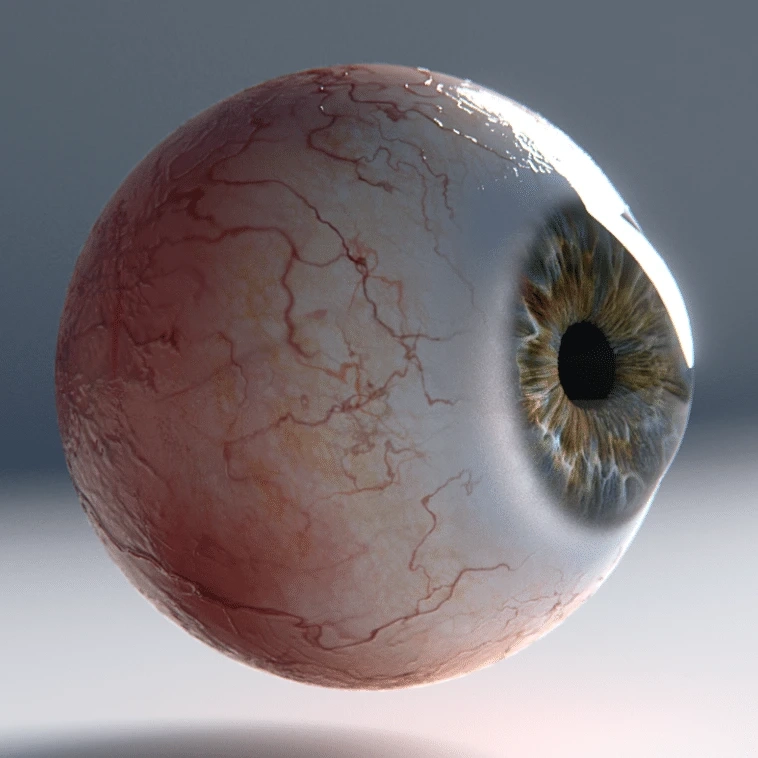The eye is made up of different parts, and all of them play a significant role in our quality of vision.
The cornea
The cornea is transparent; shaped like a dome; it is a window that covers the front of the eye. It plays the same role as the watch\'s crystal since it is transparent enough to be seen through. It is a refractive surface and is responsible for two-thirds of the focusing power of the eye. The cornea has no blood vessels, and within a shiny surface, it is very clear. The cornea is a very sensitive part of the eye as it has the greatest nerve ending in the body. The cornea of an adult is very slim, having only ½ millimetre thickness.
The iris
This is the coloured part of the eye that controls the amount of light that gets into the eye through the pupil—the sphincter contracts in bright light, thereby causing the pupil to contract. The iris carries a dilator muscle which dilates when in dim light. The iris is flat and divides the anterior chamber (the front) and the posterior chamber (the back) of the eye. The colour of the iris is gotten from melanin (some microscopic pigment cells), and its colour, patterns and textures are as unique as the fingerprints of an individual.
The lens
Situated behind the iris, the lens focuses light on the retina. It is embedded in a capsule-like bag held in place in the eye by zonules (small delicate fibres in the eye). The ability of the lens to contract and relax during vision is called accommodation, and it is very active in younger people. This ability diminishes as the lens hardens with age.
For images to be formed in the eye, the cornea will focus light on the retina. But not everybody\'s eye and cornea are perfect, which can cause an out-of-focus image on the retina. This is the cause of the three refractive errors in humans.
Myopia or nearsightedness
This is when a person cannot see distant objects as clearly as they can see near objects. This is because light from near objects rest on the retina while the rays from distant objects rest in front of it. This ocular condition can be corrected by using a second lens (glasses) which will alter the focal length of your eye and cause light to rest on the retina.
The human eye and hyperopia
People with hyperopia or farsightedness do not see near objects as clearly as they see distant objects. This means that light from distant objects fall on the retina while those from near objects fall behind. This condition is usually corrected with a second lens (glasses) which works with the lens in your eye to bring the light from nearer objects to rest on the retina.
To have a better understanding of your eyes, if you are living in London then you can reach out at Optimal Vision and our experts will be glad to help out with whatever questions or problem you have.



